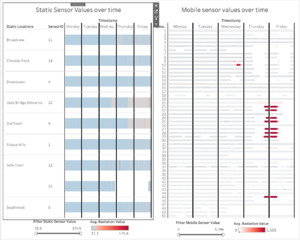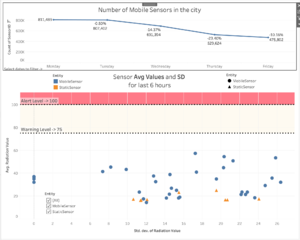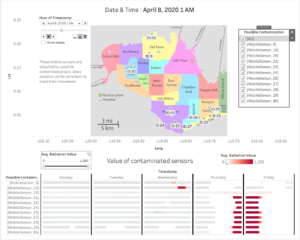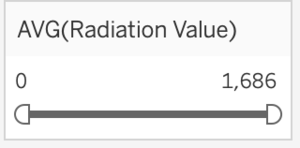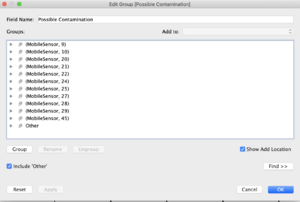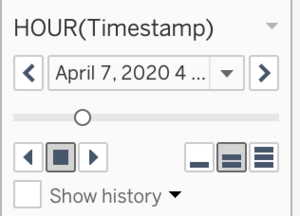IS428 AY2019-20T1 Assign Foo Yong Long: Visualization
Contents
Dashboard Link
The link of the visualization can be found here: https://public.tableau.com/profile/foo.yong.long#!/vizhome/MC2Final/MC2Storyboard?publish=yes
Dashboard 1: Home Page
Dashboard 2: Response Priority
Dashboard 3: Data Uncertainty
Visualization Techniques
| Technique | Rationale & Implementation |
|---|---|
| Interactive Technique 1: Filter for the use of time range slider | Adding a filter allows the user to narrow down values that he/she wants to focus on. A slider allows the user to easily select the range of values that he or she wants to focus on and is easier than using a checkbox when analyzing continuous values. Examples of continuous variables used include dates and CPM values.
To achieve this slider filter function, simply do the following steps:
|
| Interactive Technique 2: Hover | Having the hover function allows the user to get important information about a data point at one glance.
Implementation: To achieve the hover function, simply do the following steps:
|
| Interactive Technique 3: Group |
To better segmented and analyze data points that have similar characteristics. Implementation: To add more information to the hover function, simply do the following steps:
|
| Interactive Technique 4: Pages/Animation | Incorporating timing into pages allows us to better analyze the movement of certain data points. It provides a new context for analysis and helps user to spot trends.
Implementation: To achieve the Filtering by Neighbourhood filter, simply do the following steps:
|

